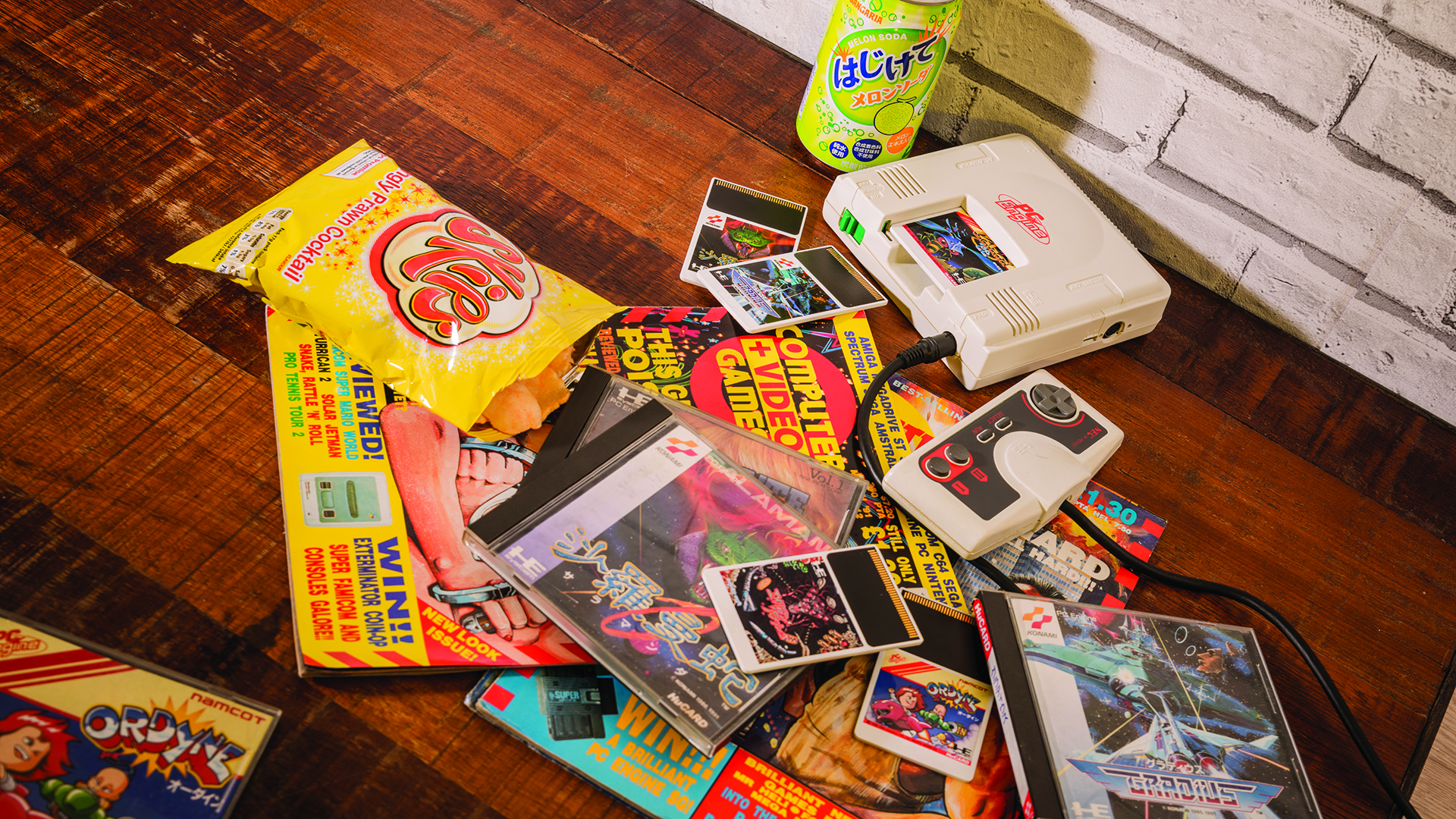
Famed for its diminutive size and staggeringly diverse library of games, the PC Engine has rightly gone on to become a collector’s dream. Aided and abetted by a CD-ROM add-on, it proved that size wasn’t everything and could happily give the likes of the SNES and Amiga a run for their money. Here we look at the best PC Engine games every owner should have in their library.
R-Type
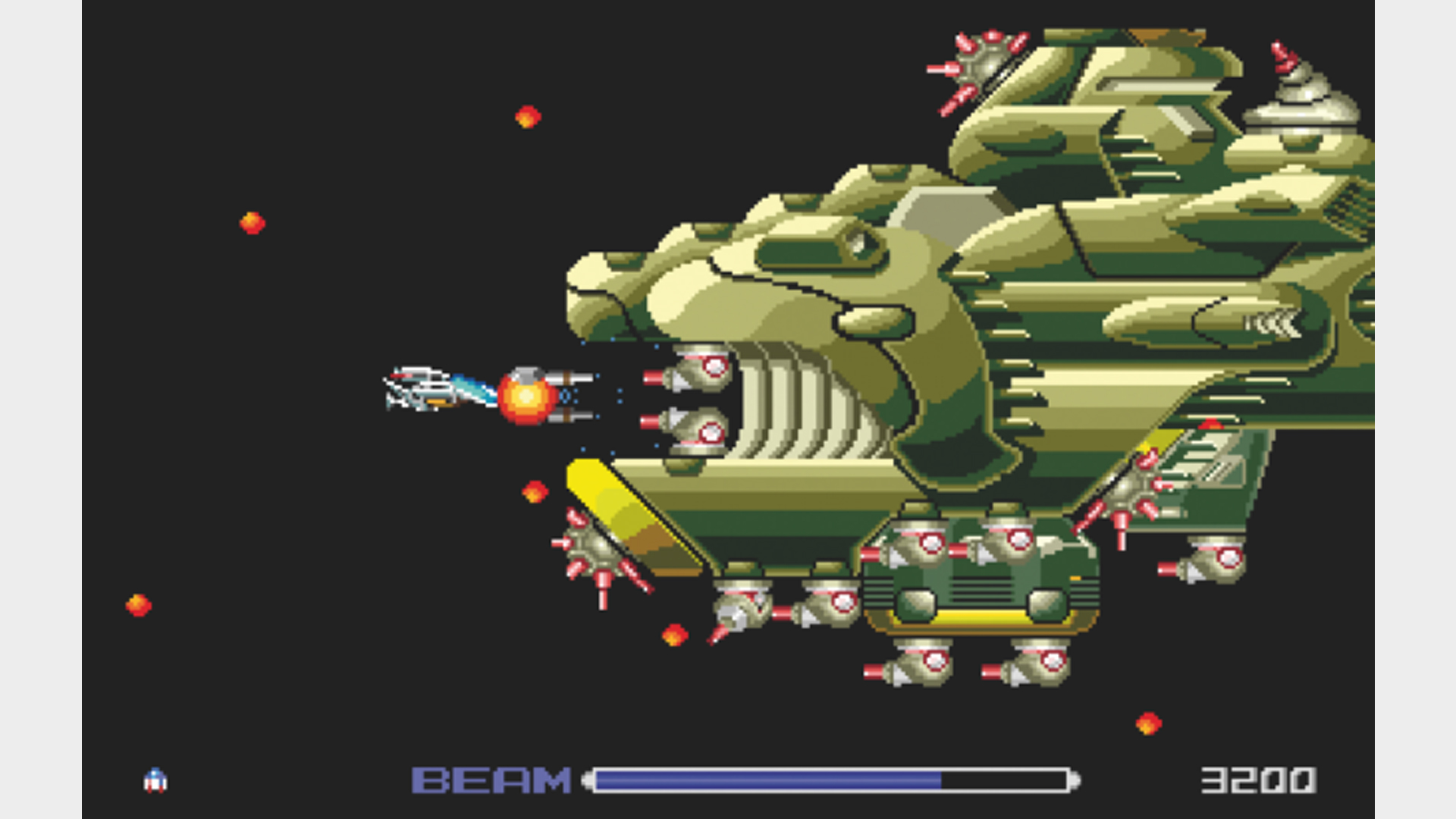
Released: 1988
Irem’s legendary horizontal shooter is widely regarded as one of the PC Engine’s most accomplished conversions and is credited with being something of a ‘killer app’ in the early years of the machine. Astoundingly accurate in terms of graphics, sound and gameplay, the only drawback is that it had to be split in two parts as it wouldn’t all fit on one HuCard – so the PC Engine R-Type II isn’t actually a sequel as you might imagine, but the final levels of the game. A CD-ROM release set things straight and put everything on one disc, but collectors will want to seek out the dual HuCard editions for their attractive packaging.
Splatterhouse
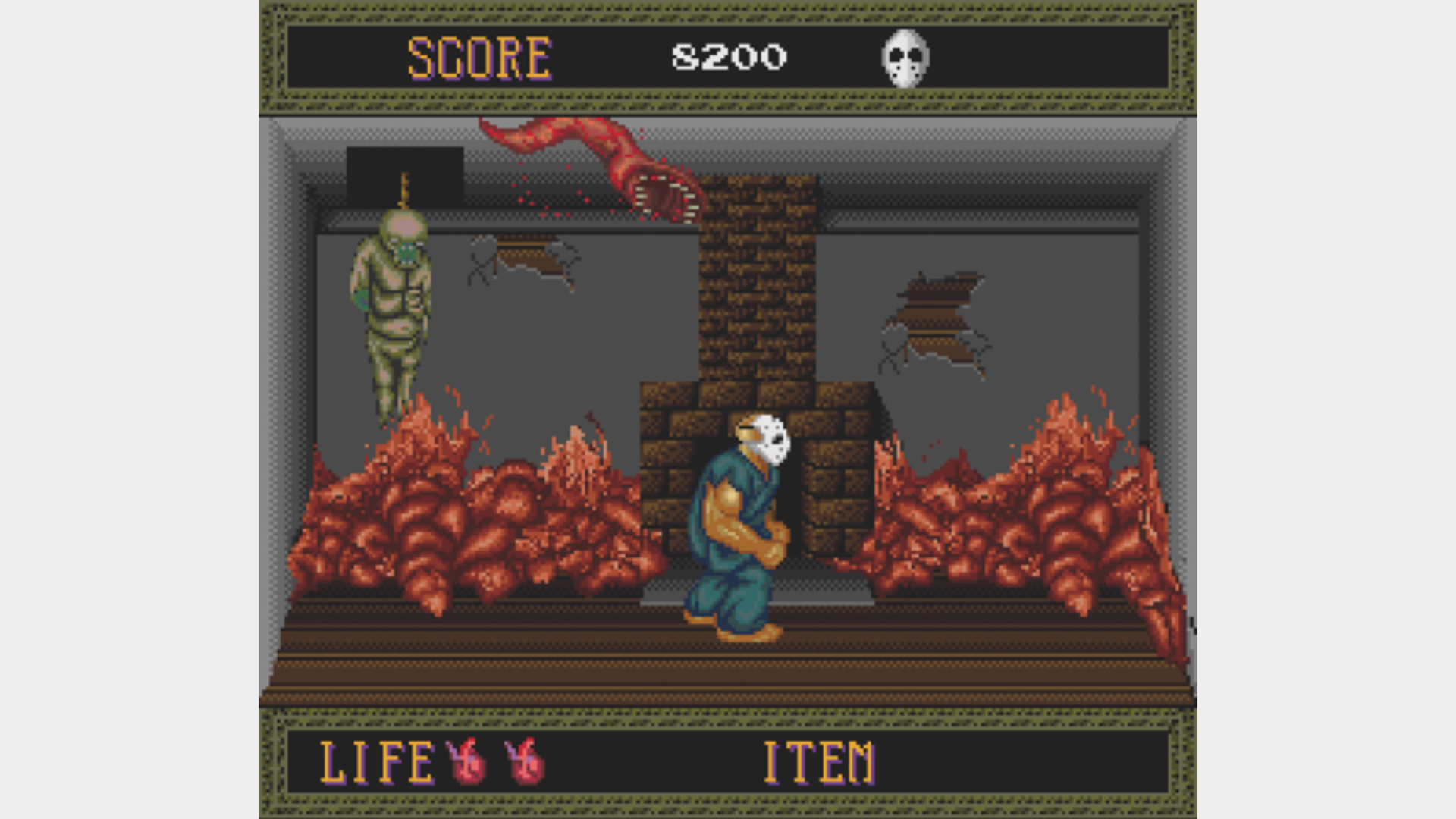
Released: 1990
Although it’s inferior to the superb FM Towns Marty conversion, this commendable port remains a fantastic replica of the gloriously gory coin-op. It’s so close to the original that you really have to run them in tandem to spot the differences. Supremely playable to boot, the Japanese version continues to command respectable but not extortionate prices on the open market. The American TurboGrafx-16 edition, which was sadly censored upon release, is less desirable. Unfortunately it’s this version that has been released in the US and Europe on Nintendo’s Wii-based Virtual Console service. Boo.
Gekisha Boy
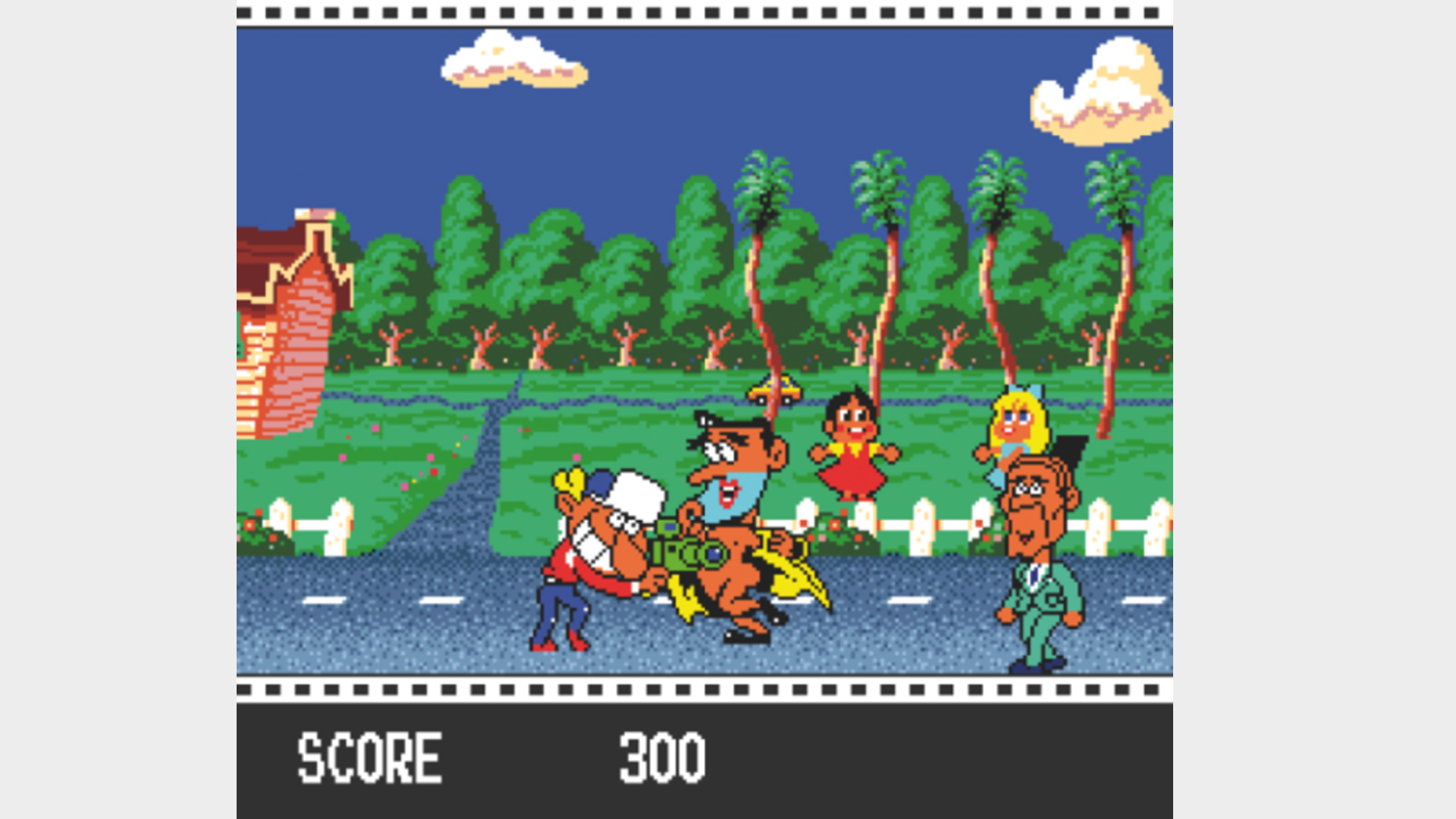
Released: 1992
This is easily one of the most novel and innovative PC Engine titles. Photo Boy is a budding paparazzo tasked with taking compelling shots throughout several different environments. Using the on-screen crosshair, you must take snaps of various objects and events while avoiding obstacles along the way. Graphically this is one of the most attractive titles available, packed with colour, detail and stacks of personality. Sadly, like many must-have PC Engine games, it’s worth a pretty penny these days. An updated version exists for the PS2 and was released in the West as Polaroid Pete.
Dracula-X: Rondo of Blood (CD)
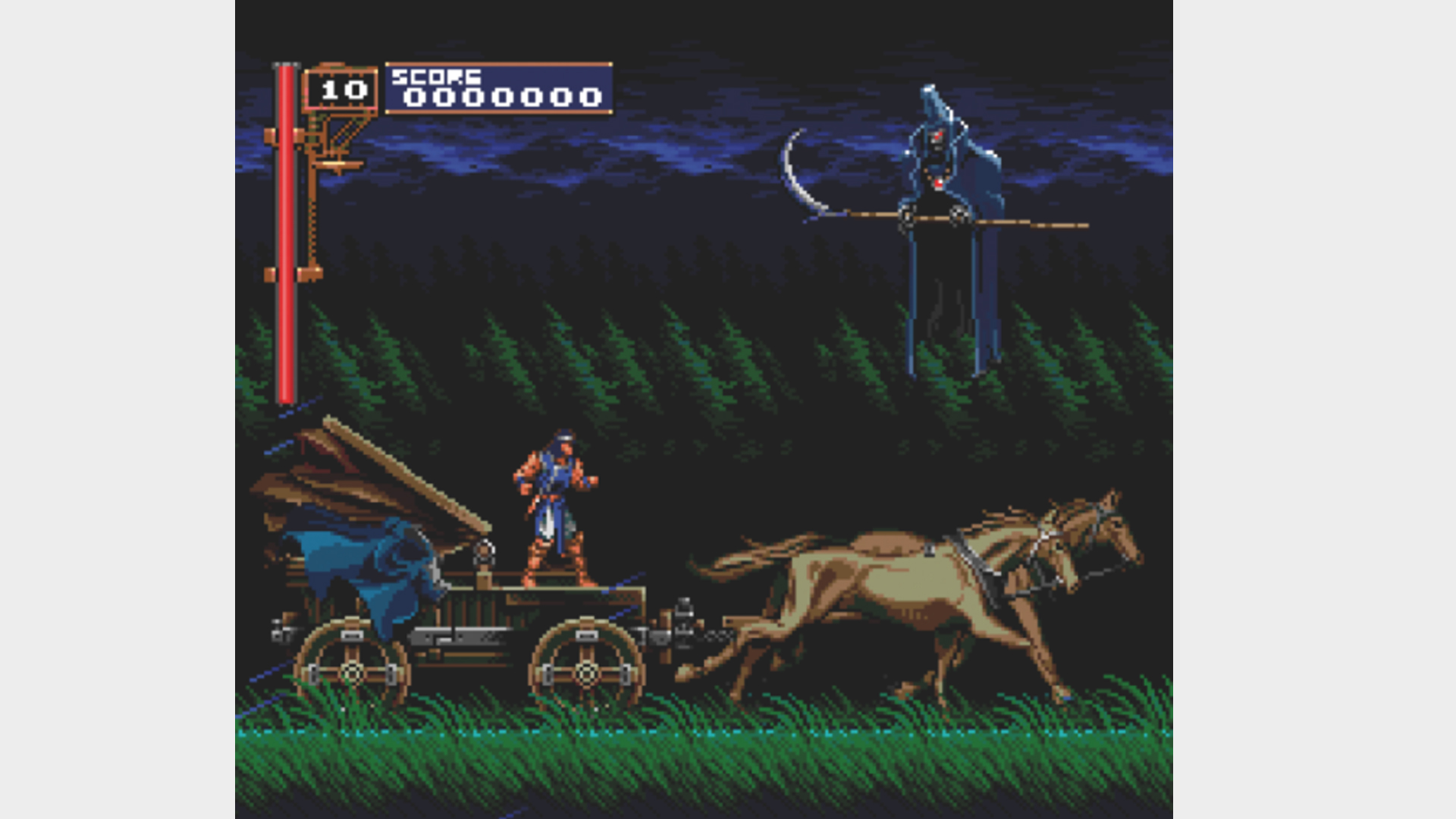
Released: 1993
Grill any hardcore Castlevania fan on their favorite instalment and they’ll most likely say Symphony Of The Night. Press them a little harder and they may also mention Rondo Of Blood. Boasting stunning graphics, impressive anime cut-scenes, and an excellent musical score, it’s a game no self-respecting PC Engine owner should be without. Unfortunately, its lofty reputation keeps second-hand prices exceptionally high (around £100). An updated PSP version was released in 2007 and it’s also available on Virtual Console.
Street Fighter 2: Champion Edition
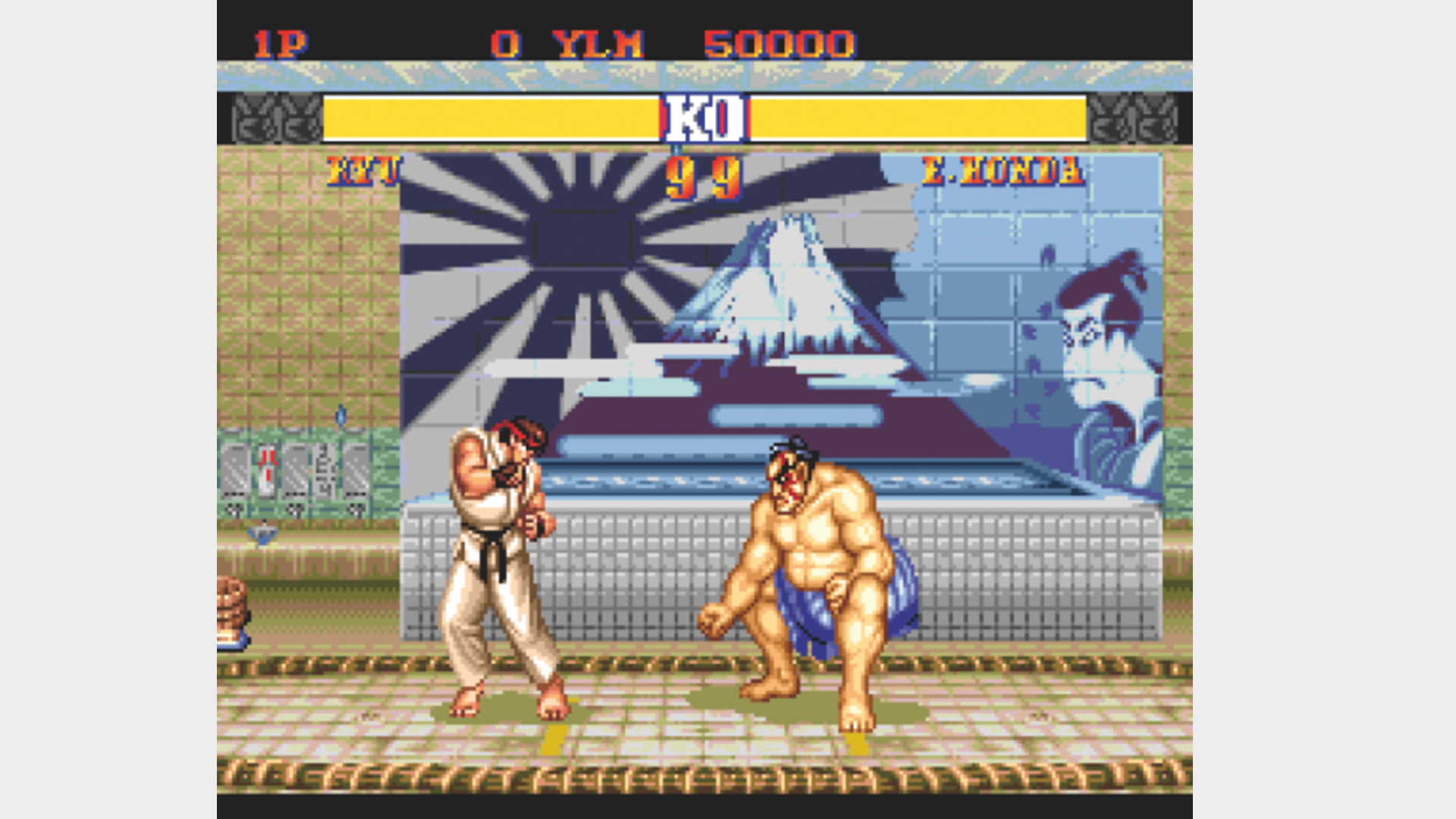
Released: 1993
Most gamers know the superlative SNES installment of this classic brawler. The fact that the PC Engine conversion is as good – if not better – is testament to the power of NEC’s machine. Visually, it’s hard to distinguish it from the SNES version and the sampled sound is better. It cries out for a six-button pad and multi-tap, but sadly the PC Engine only has one joystick port. It’s hard to believe that an 8-bit console is capable of such an accurate conversion. Second-hand copies aren’t too steep either.
Bonk's Adventure / BC Kid
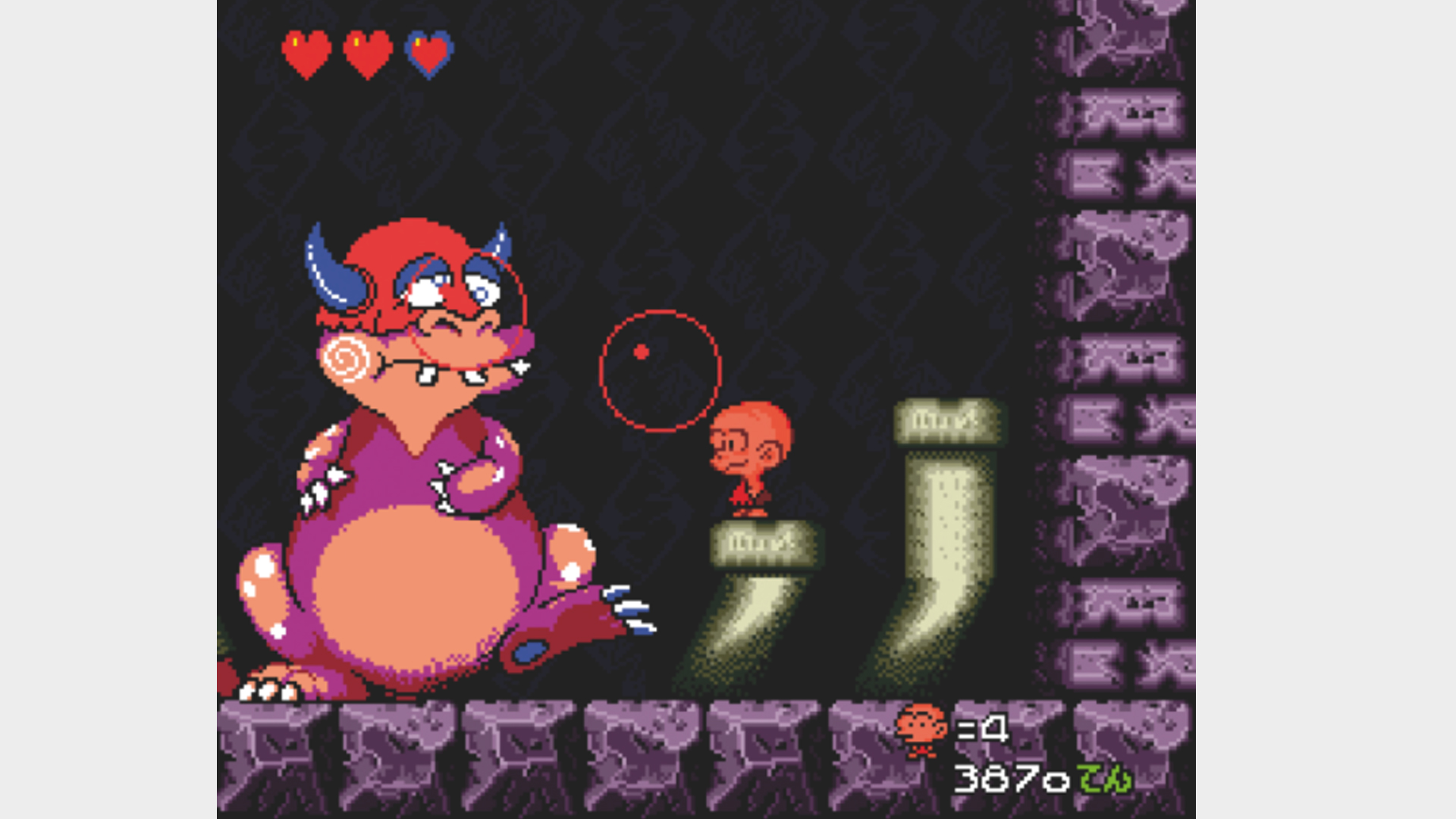
Released: 1989
Sega had Sonic. Nintendo had Mario. NEC had BC Kid, or Bonk as he was known In the US. A cave boy with a penchant for head-butting things, BC Kid became a firm favorite with gamers worldwide, though not quite as famous as Sonic or Mario. Two incredibly successful sequels followed as well as a futuristic shooter spin-off called BC Denjin (Air Zonk in the US). Interestingly, the failure of the TurboGrafx in the US meant that Hudson continued to support Nintendo’s hardware, so BC Kid also appeared on the rival NES, SNES and Game Boy. The turncoat.
YS Book 1 & II (CD)
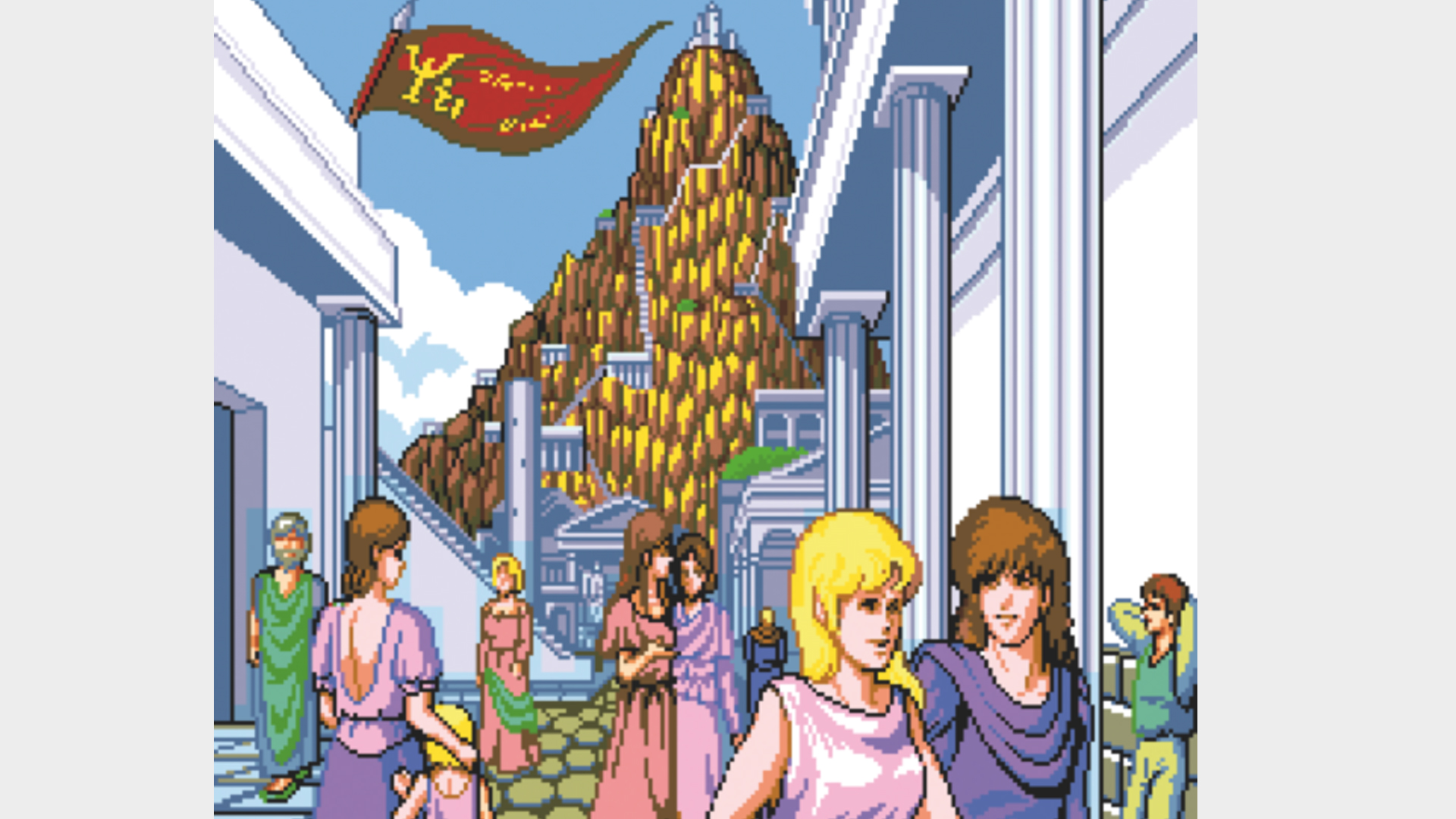
Released: 1989
The large amount of text to translate and general consumer apathy towards the TurboDuo meant that very few of the brilliant Japanese RPGs created for the machine ever made it to Western shores. Thankfully, those that did were of a very high quality and Ys I & II arguably ranks as the most impressive of the bunch. While it’s not the prettiest game you’re ever likely to play, the atmosphere, storyline and soundtrack are second to none. Amazingly the Western script and voice acting are both first-class, which rather goes against the grain of the time. This CD-ROM release remains massively engaging and highly recommended.
Seirei Senshi Spriggan (CD)
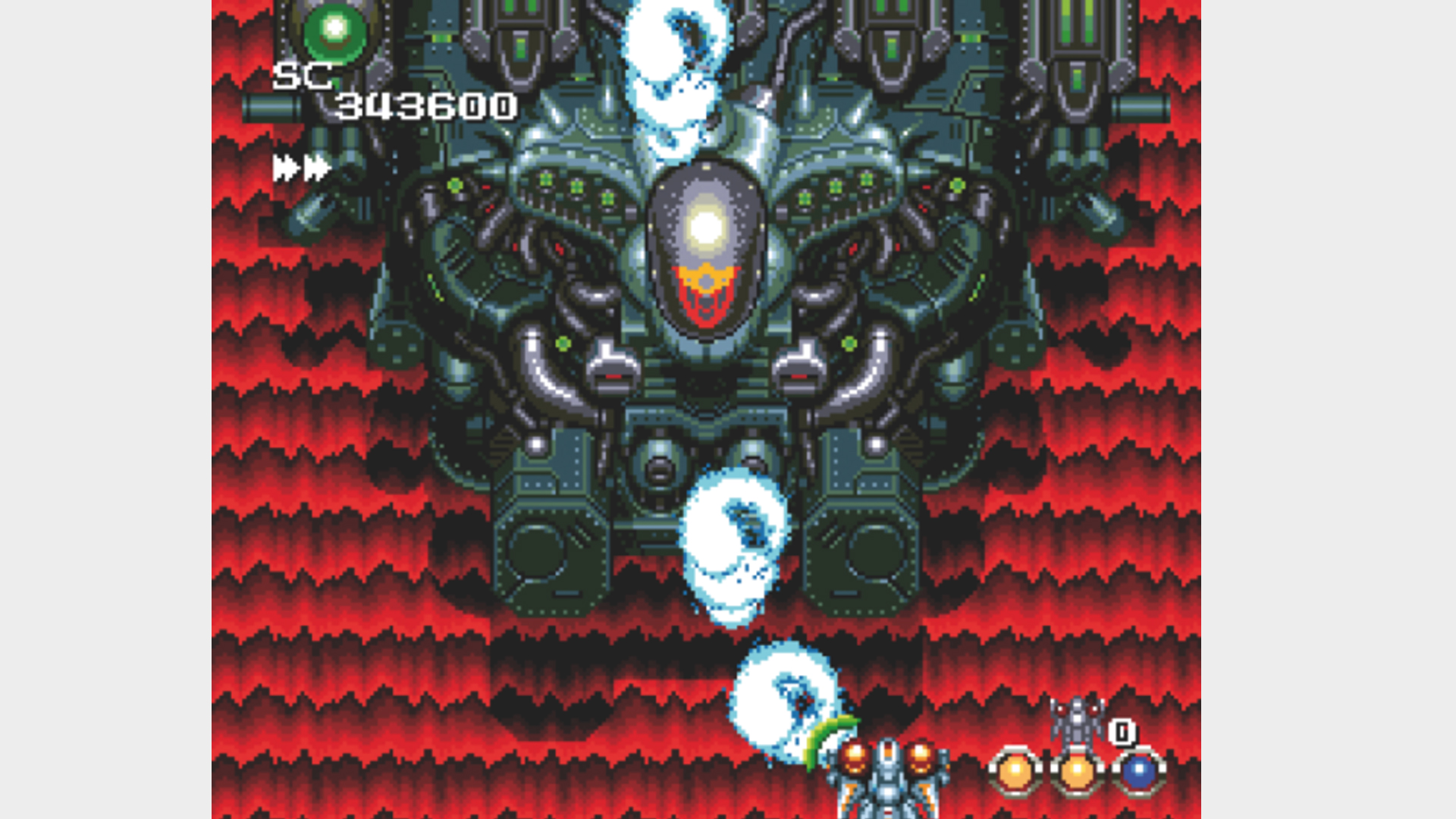
Released: 1991
Software studio Compile sadly no longer exists, but has left a striking legacy – including this awesome Super CD blaster. A close relative to the equally brilliant Mega Drive MUSHA Aleste and Mega CD Dennin Aleste (Robo Aleste in the UK and US), this mecha-based vertically scrolling shoot-’em-up is as slick as they come. Blisteringly fast and packed to bursting point with stupefying detail, Spriggan qualifies as an essential – albeit expensive – purchase. It’s worth noting that the sequel, Spriggan Mk2, wasn’t programmed by Compile and isn’t a patch on the original, despite some nice visuals.
Gomola Speed
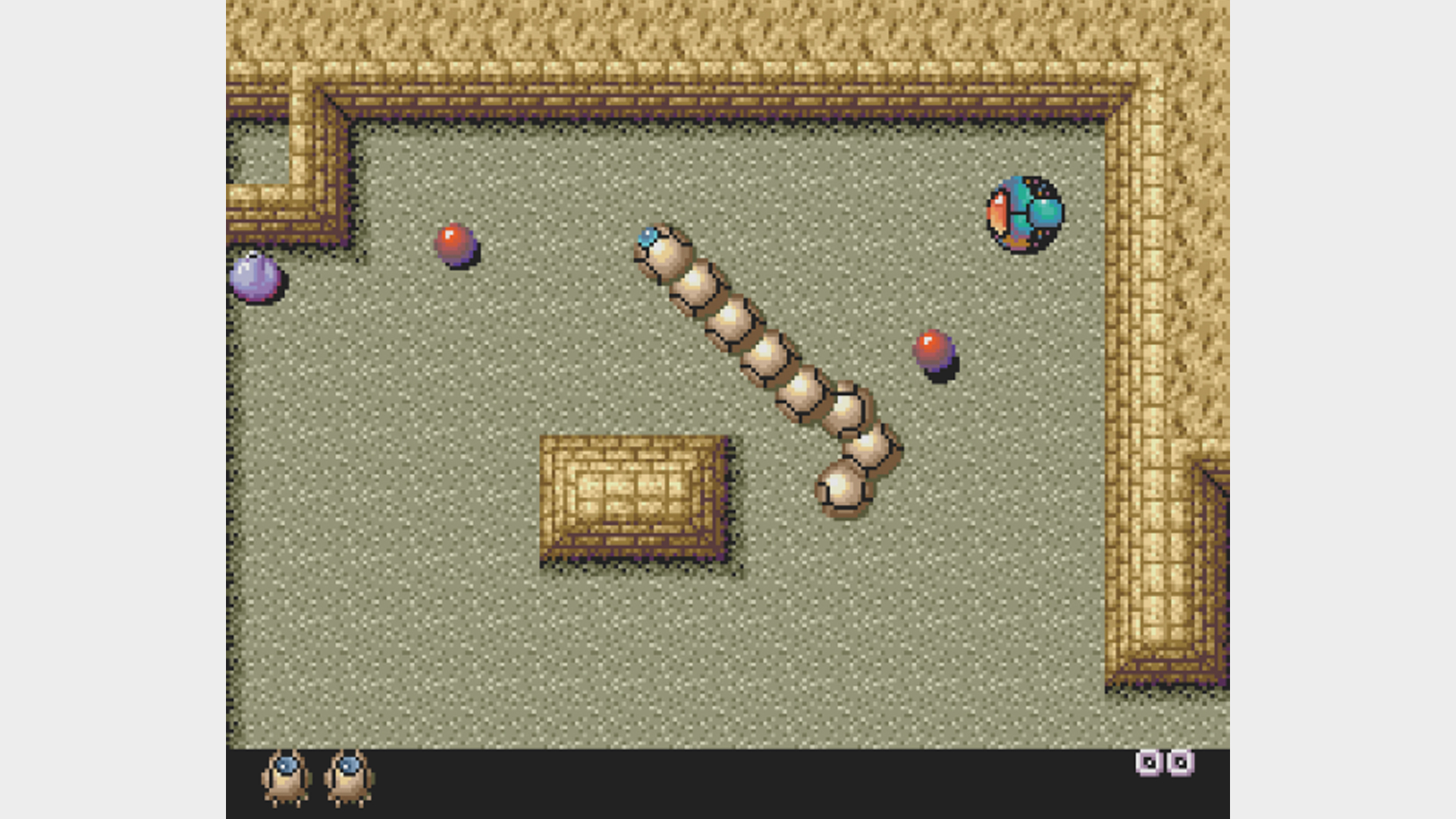
Released: 1990
This quirky little game is hard to adequately describe, as there really hasn’t been a game quite like it before or since. You control a caterpillar-like creature that has to encircle food in order to exit each level. Enemies are also dispatched by surrounding them, and can be stunned temporality with bombs. It’s one of the truly essential pieces of PC Engine software and can thankfully be picked up for less than a fiver these days. It’s rumoured that the team behind the game was head-hunted by Nintendo soon after it was published, which is hardly surprising as it is a beautifully engineered game. A truly superb title that mixed strategy and puzzle elements to great effect.
Bomberman ’94
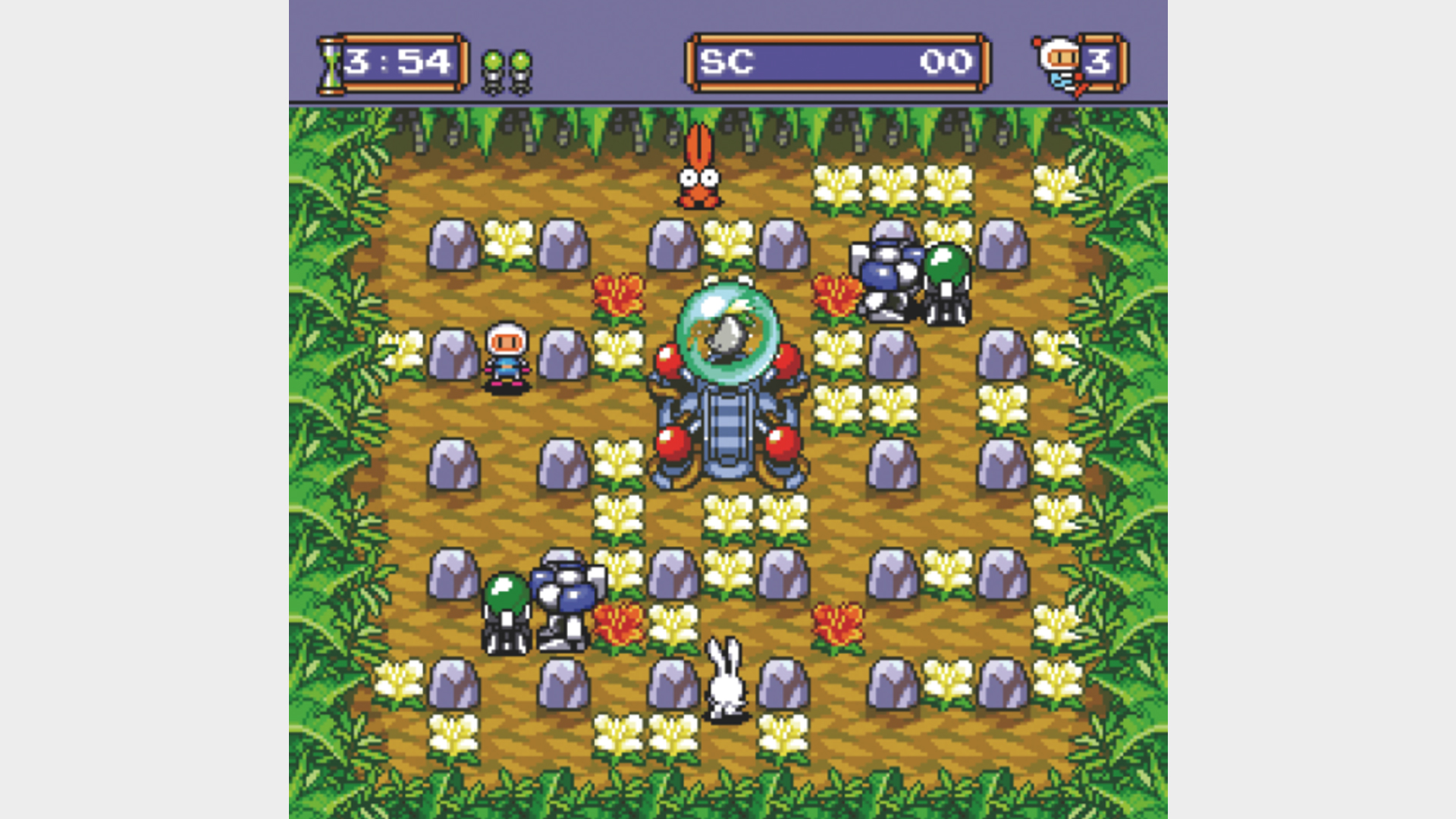
Released: 1993
It simply wouldn’t be sporting to discuss the best games of the PC Engine without mentioning what is arguably Hudson’s most famous creation. Bomberman has appeared in several games on NEC’s 8-bit machine, and while all are excellent – with the possible exception of Panic Bomber, which was a fairly lacklustre puzzler – this edition is the most accomplished of the bunch. The traditional explosive-related malarkey is all present and correct, but here we also see the introduction of innovations such as animal steeds and new characters for the near-essential multiplayer mode. It was ported to Sega’s Mega Drive under the highly original name Mega Bomberman in 1994.







